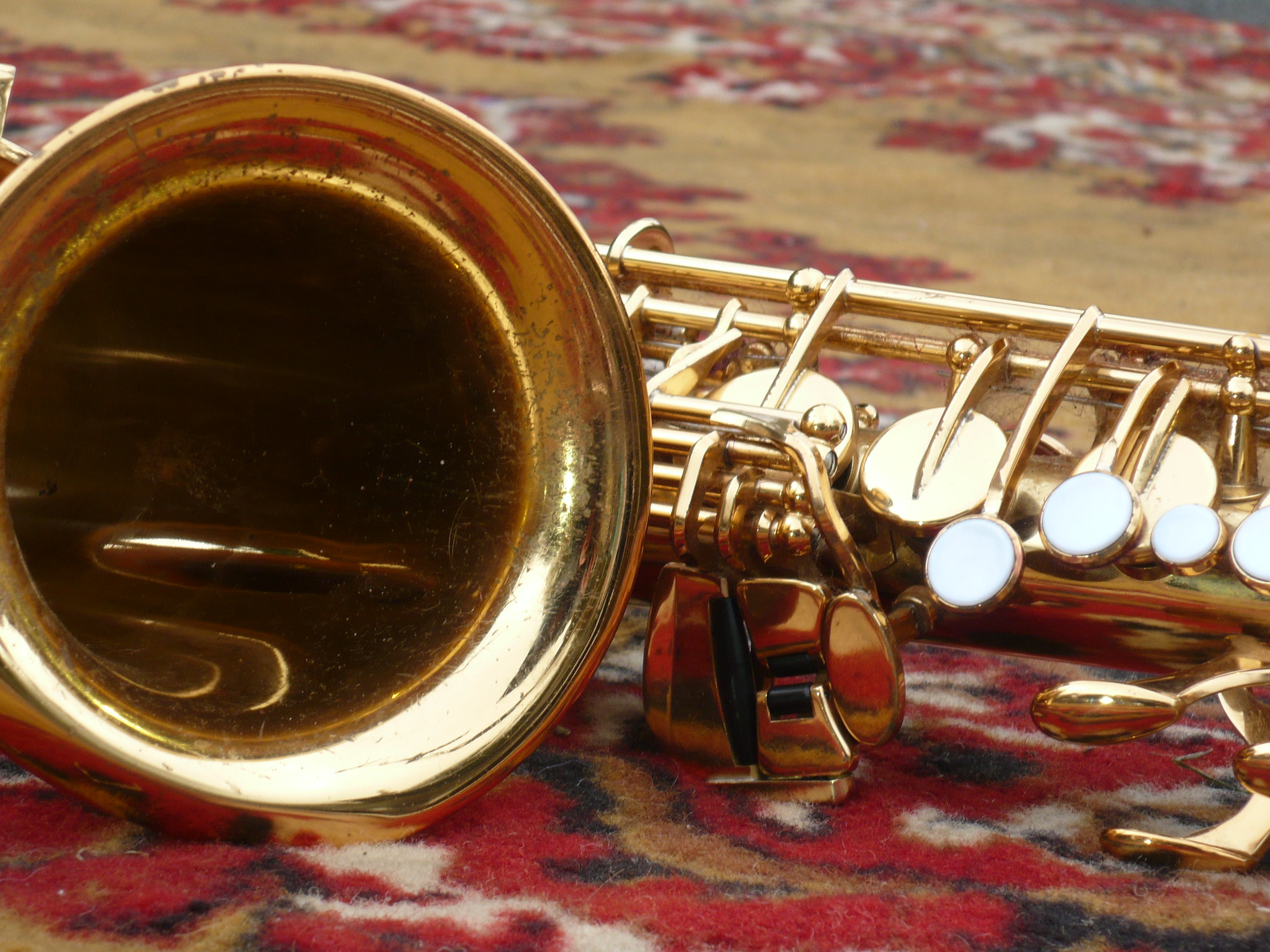What's That Instrument?
Saxophones are one of the most popular instruments across the globe. They can be found in bands that play anything from small clubs to massive stadiums. You would think that people would be able to accurately identify a saxophone out of a line-up of other brass and woodwind instruments, but alas, that seems to not be the case for the vast population.
Invented by Adolphe Sax, the saxophone was created as a way to bridge the gap between woodwind and brass instruments. His original intent was not to make a brand new sound, but instead to take the tone of woodwind, and to combine it with the projection of a brass horn. The end result of this resulted in an instrument that was made of brass, but produced a sound from the vibration of a reed.
When this combination of materials and sound production is taken into account, it then makes more sense why some people might mistake the saxophone for either a clarinet or some sort of brass instrument. For those interested in finding out what makes the saxophone unique, then hang tight! We’re taking a look at the 600 various saxophone parts.
Mouthpiece, Reed, and Ligature
Arguably the most important part of the saxophone is the mouthpiece and all of the mouthpiece parts it requires to make a sound, that is to say, the reeds and saxophone ligatures. Due to the importance of these elements and the need to be as comfortable as possible when using them, all 3 parts are highly customizable and there are tons of great options, all with their own subtle tone, and ease of playing differences. In addition to reeds and ligatures, there are also a plethora of saxophone mouthpieces to choose from!
Neck
The neck of the saxophone is a simple but fragile piece, regardless of its metal composition. Since there is only one tone hole and pad, it is usually a pretty low-maintenance part so long as you don’t accidentally bend it down from twisting on the mouthpiece too hard. This exact pull-down problem spawned an entire ecosystem of aftermarket necks.
Legend says that Michael Brecker (one of the most influential saxophonists of all time) once needed to replace his neck due to a pull-down, leading to his eventual signature silver neck merely as a replacement. The timeline of his acquisition of this new neck, and the rise of aftermarket necks are suspiciously parallel to each other, and ever since, more and more companies have cropped up, selling their own necks that fit a wide variety of saxophone bodies.
Body
The largest feature of any saxophone is the body. Also made of various compositions of metals, the body is easy to spot as it’s the tube that leads from the air past the tone holes and out the other end.
Depending on the vintage and model of the sax, the body may be different dimensions; the older vintage horn usually used smaller, more compact bodies, while modern horns are typically larger as an attempt to maximize projection and help with intonation.
Keys
Keys are the parts of the saxophone that cover the tone holes and are responsible for changing the notes that are coming out of the saxophone at any one time. Coming in two different types, some keys are open standing keys, meaning that when at rest these keys leave the tone holes uncovered. In contrast, closed standing keys are always covering their assigned tone holes until a mechanism is pressed that raises them.
Like many parts of the saxophone, the exact position of the keys and the tone holes beneath them have changed through the years. In particular, the pinkie stack has gone through a few iterations. It was only with the advent of the Selmer Mark VI that the stack containing G#,C#,B, and Bb pinkie keys found a design that would remain largely unchanged to the modern-day.
Key Pads
Key pads, while important to keep in good condition, are just about the least influential saxophone part on your sax. These little pucks of leather attach to your keys and serve as a seal between the key and tone hole.
While pads are the most common saxophone repair parts, even these can be customized! Typically consisting of normal leather and weaved cotton fiber, you can choose to buy pads meant to either feel softer and cushier, last longer by using kangaroo leather or be practically indestructible by using synthetic materials.
Never Mistake a Saxophone Again!
Now that we’ve gone over all of the repair parts used for alto saxophones, tenor saxophones, and every other saxophone in the family, hopefully you’ll always be able to pick one out of a crowd!







